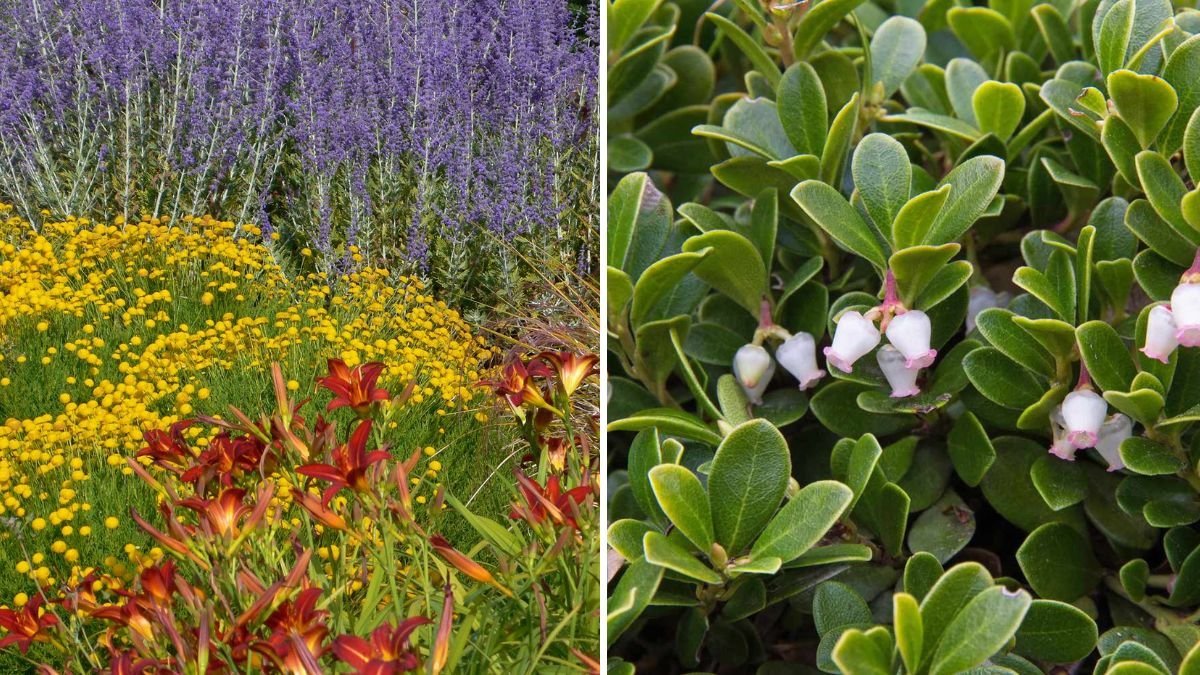Coastal gardens present a unique and beautiful challenge for gardeners. The combination of salty air, strong winds, sandy soil, and occasional drought requires plants that are hardy, resilient, and capable of thriving in tough conditions. Despite these challenges, coastal gardens can be lush, colorful, and vibrant when the right flowers are chosen. Selecting species adapted to the coastal environment ensures long-lasting blooms, minimal maintenance, and a garden that complements the seaside landscape.
This guide explores the best flowers for coastal gardens, their growth requirements, care tips, and design strategies to create a stunning seaside garden.
Why Coastal Gardens Require Special Attention
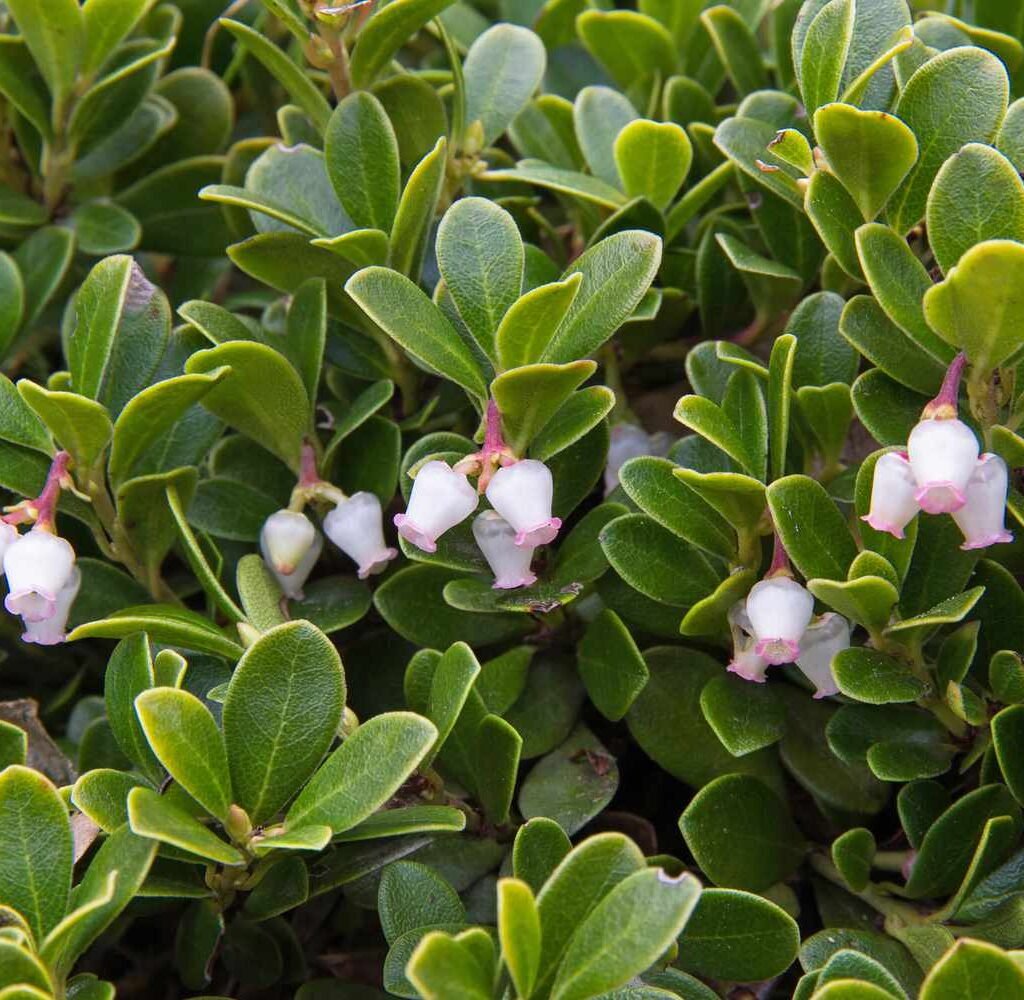
Coastal gardens face environmental stressors that many inland gardens do not:
- Salt Spray: High salinity can damage foliage and inhibit growth.
- Wind Exposure: Strong coastal winds can break stems and desiccate leaves.
- Sandy or Poor Soil: Coastal soil often drains quickly and lacks nutrients.
- Sun Intensity: Bright, reflective sunlight can scorch delicate flowers.
Choosing salt-tolerant, wind-resistant, and drought-tolerant flowers is key to a thriving coastal garden.
Step 1: Selecting Hardy Flowers for Coastal Conditions
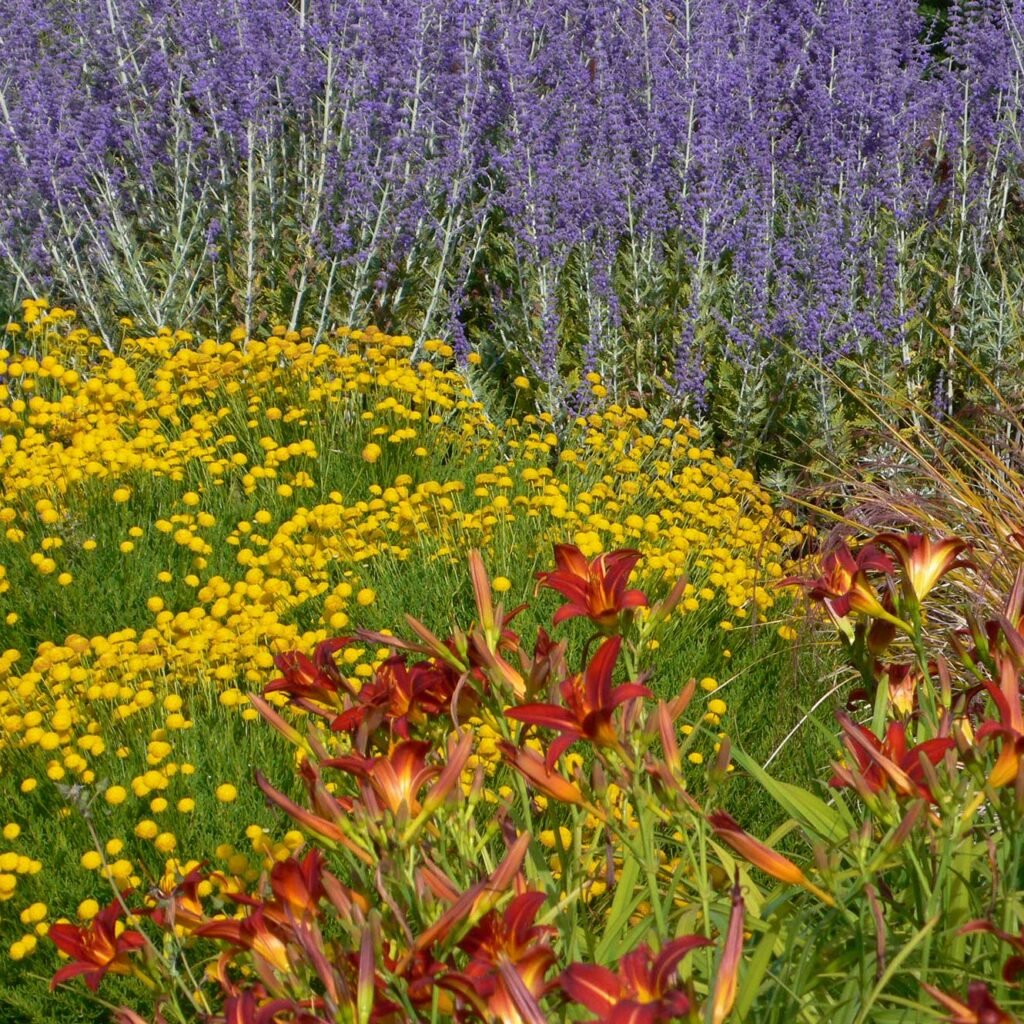
Some flowers naturally withstand coastal challenges:
- Lavender (Lavandula spp.)
- Benefits: Salt-tolerant, drought-resistant, fragrant blooms.
- Care Tips: Plant in well-draining soil with full sun; prune after flowering.
- Design Use: Borders, hedges, or container displays.
- Sea Holly (Eryngium spp.)
- Benefits: Spiky blue or silver flowers that thrive in sandy soil and full sun.
- Care Tips: Minimal watering; drought-tolerant.
- Design Use: Adds architectural interest and texture.
- Coreopsis (Coreopsis spp.)
- Benefits: Bright yellow blooms; tolerates wind and salt spray.
- Care Tips: Plant in sunny areas; deadhead to encourage continuous flowering.
- Design Use: Ground cover or mass planting for cheerful displays.
- Agapanthus (Agapanthus spp.)
- Benefits: Clusters of blue or white flowers; hardy in coastal regions.
- Care Tips: Well-draining soil; moderate watering.
- Design Use: Borders, container planting, or focal points.
- Gazania (Gazania rigens)
- Benefits: Vibrant orange, red, or yellow blooms; tolerates sandy soils and drought.
- Care Tips: Full sun; remove spent flowers to prolong blooms.
- Design Use: Ground cover, edging, or rock gardens.
- Sea Lavender (Limonium spp.)
- Benefits: Salt-tolerant, long-lasting blooms; excellent for cut flowers.
- Care Tips: Minimal maintenance; thrives in sandy, well-draining soil.
- Design Use: Mixed beds or coastal borders.
- Shasta Daisy (Leucanthemum × superbum)
- Benefits: Hardy perennial with white petals and yellow centers; tolerates wind.
- Care Tips: Full sun; moderate watering; divide clumps every few years.
- Design Use: Borders, mixed flower beds, or cottage-style coastal gardens.
Step 2: Soil Preparation for Coastal Gardens
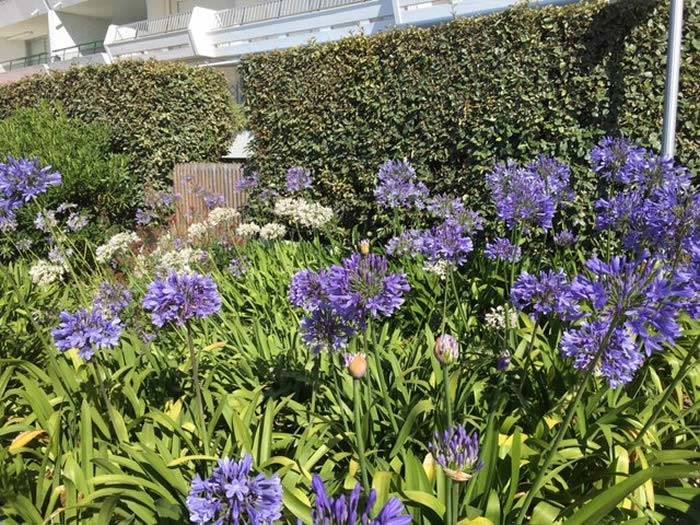
Coastal soils require careful preparation:
- Drainage: Most coastal flowers need well-draining soil; consider raised beds or sandy mixes.
- Amendments: Add compost, organic matter, or coconut coir to improve fertility and water retention.
- Mulching: Use coarse mulch to retain moisture and protect roots from sun and wind.
- pH Adjustment: Slightly acidic to neutral soil (pH 6–7) suits most coastal flowers.
Proper soil preparation ensures healthy roots, vibrant blooms, and long-term resilience.
Step 3: Planting Techniques for Coastal Conditions
Correct planting techniques help flowers withstand harsh coastal environments:
- Spacing: Allow adequate spacing to reduce wind damage and ensure air circulation.
- Wind Protection: Plant in sheltered areas or use natural barriers like fences or shrubs.
- Depth: Plant at the same depth as grown in pots; avoid deep planting that may trap water in sandy soil.
- Timing: Plant in early spring or autumn to establish roots before peak coastal winds or heat.
These strategies increase survival rates and promote healthy flowering.
Step 4: Companion Planting in Coastal Gardens
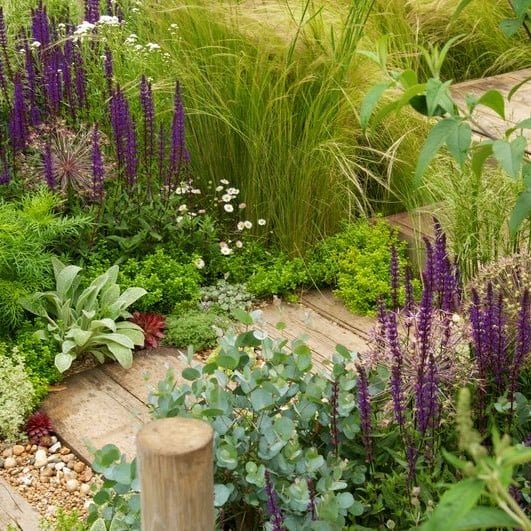
Companion planting strengthens coastal gardens:
- Windbreaks: Use shrubs like oleander or pittosporum to shelter delicate flowers.
- Ground Covers: Combine low-growing plants such as gazania or creeping thyme to protect soil from erosion and reduce moisture loss.
- Pollinator Attraction: Include flowers like lavender or coreopsis to attract bees, butterflies, and beneficial insects.
- Layering: Mix tall and low plants to create visual interest and reduce wind impact.
Companion planting creates a resilient, balanced ecosystem in the coastal garden.
Step 5: Watering and Fertilization
Even drought-tolerant flowers benefit from careful watering:
- Watering: Deep but infrequent watering encourages strong root growth; avoid shallow watering.
- Rainfall Adaptation: Coastal areas may receive salty rain; water with fresh water during dry spells.
- Fertilization: Use slow-release fertilizers or organic compost to supply nutrients without overfeeding.
- Soil Monitoring: Check for salt buildup; flush soil periodically if necessary.
Proper hydration and nutrition ensure sustained flowering and vibrant foliage.
Step 6: Maintenance for Coastal Flowers
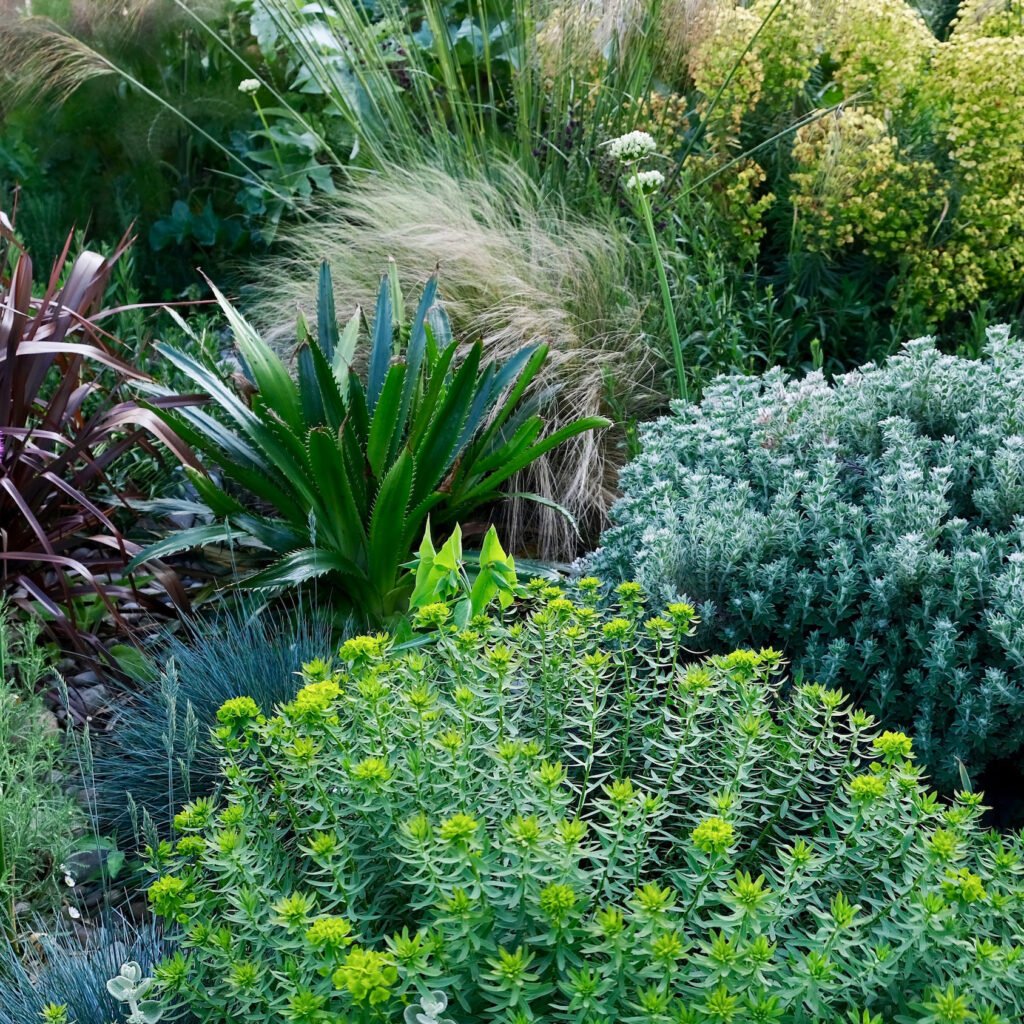
Routine maintenance keeps coastal flowers healthy:
- Deadheading: Remove spent blooms to promote continuous flowering.
- Pruning: Trim back wind-damaged or woody stems to encourage regrowth.
- Pest Management: Coastal gardens have fewer pests, but occasional aphids or snails may appear; use natural remedies like neem oil or beer traps.
- Soil Renewal: Replenish mulch and compost annually to maintain soil fertility and structure.
Consistent maintenance keeps flowers thriving despite harsh coastal conditions.
Step 7: Seasonal Flower Planning
To maintain a vibrant coastal garden year-round:
- Spring: Plant daffodils, tulips, and early-blooming coreopsis for fresh color.
- Summer: Focus on drought-tolerant flowers like gazania, agapanthus, and lavender.
- Autumn: Incorporate chrysanthemums, sea lavender, and late-blooming coreopsis.
- Winter (Mild Climates): Use hardy perennials or evergreen plants to maintain structure and interest.
Seasonal planning ensures continuous color, fragrance, and garden appeal.
Step 8: Design Considerations for Coastal Gardens
Beyond plant selection, consider design elements:
- Color Palette: Use soft pastels or vibrant hues depending on seaside ambiance. Blues, purples, and whites complement ocean views, while yellows and oranges evoke warmth.
- Texture and Form: Mix spiky foliage, broad leaves, and delicate flowers to add depth.
- Containers and Raised Beds: Useful for sandy or poor soil; allows flexible arrangement and mobility.
- Paths and Borders: Define garden paths with hardy flowers to create structure and accessibility.
Thoughtful design enhances aesthetic appeal while accommodating environmental challenges.
Step 9: Benefits of Coastal Flower Gardens
- Resilient Beauty: Thrives in challenging coastal conditions.
- Environmental Adaptation: Reduces maintenance needs and water usage.
- Pollinator Support: Flowers attract bees, butterflies, and other beneficial insects.
- Aesthetic Value: Adds vibrant color and structure to seaside landscapes.
- Mental Wellbeing: Coastal gardens with colorful blooms enhance relaxation and connection with nature.
Well-planned coastal flower gardens combine functionality, resilience, and visual pleasure.
Conclusion
Creating a stunning coastal garden involves careful plant selection, strategic planting, and thoughtful maintenance. Flowers like lavender, gazania, coreopsis, sea holly, agapanthus, sea lavender, and Shasta daisies are ideal for seaside conditions, offering drought tolerance, salt resistance, and vibrant blooms.
By preparing the soil, considering wind and salt exposure, planning companion plants, and maintaining seasonal blooms, gardeners can build resilient and visually striking coastal gardens. Thoughtful color palettes, texture variation, and layering enhance both beauty and practicality, transforming challenging seaside spaces into lush, aromatic, and colorful garden retreats.
With proper planning and care, a coastal flower garden can be both low-maintenance and high-impact, providing year-round enjoyment, ecological benefits, and a harmonious connection with the natural coastal environment.
